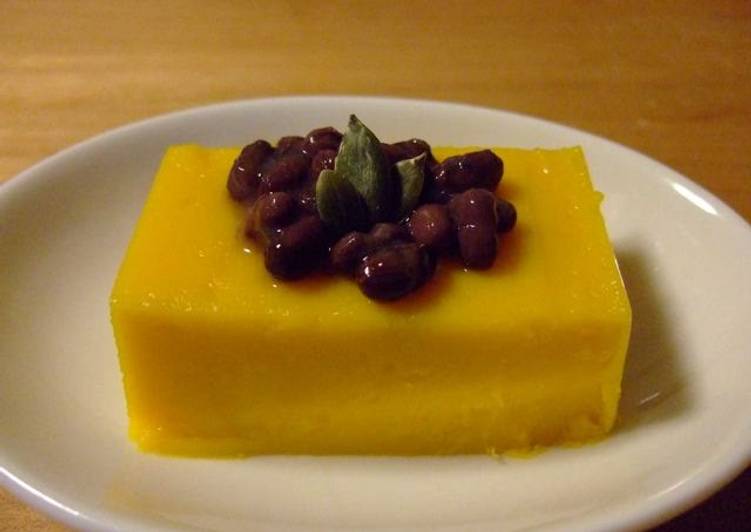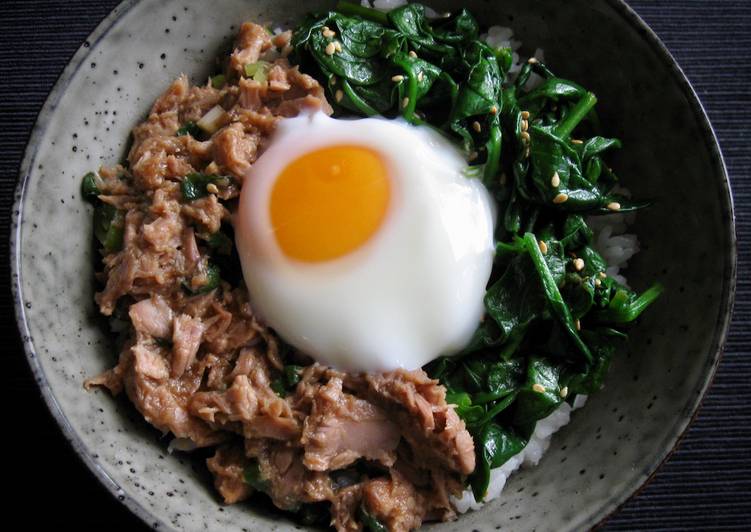
Hello everybody, it’s Louise, welcome to our recipe site. Today, we’re going to prepare a special dish, easy macrobiotic kabocha squash pudding. It is one of my favorites food recipes. For mine, I will make it a bit tasty. This will be really delicious.
An easy and fool proof way to prepare kabocha squash + a simple technique on how to make it easier to cut through the hard skin. I had never attempted to cook kabocha squash as I had heard a lot of how inconvenient it was to cut and prepare it at home. But in reality, I realized that it is SO EASY to.
Easy Macrobiotic Kabocha Squash Pudding is one of the most well liked of current trending foods in the world. It is enjoyed by millions daily. It is simple, it’s fast, it tastes yummy. They’re nice and they look wonderful. Easy Macrobiotic Kabocha Squash Pudding is something which I’ve loved my entire life.
To begin with this particular recipe, we must prepare a few components. You can have easy macrobiotic kabocha squash pudding using 12 ingredients and 7 steps. Here is how you cook that.
The ingredients needed to make Easy Macrobiotic Kabocha Squash Pudding:
- Get 160 grams ○Kabocha squash
- Take 100 ml ○Soy milk
- Take 3 tbsp ○Beet sugar, oligosaccharide, or maple syrup
- Get 1 tbsp ○Kudzu powder
- Prepare 1 pinch ○Salt
- Prepare 1 1/2 grams ●Powdered kanten
- Get 3 tbsp ●Water
- Take 1/2 stalk or a few drops Vanilla beans or vanilla essence
- Take 1 Steamed azuki beans (optional)
- Make ready 1 Steamed kabocha squash skin
- Get 1 Or, kabocha squash seeds
- Take 1 Kinako
Who said bread pudding has to be for dessert? I love to serve this for brunch or dinner when I want something hearty and a. This roasted kabocha squash is the perfect side. Made with low carb, high fiber kabocha squash and a hint of If you try this roasted kabocha squash recipe please be sure to leave a comment and star rating letting us Popular Posts.
Steps to make Easy Macrobiotic Kabocha Squash Pudding:
- Steam the kabocha squash, peel the skin, and put into a food processor. (I peeled it this time 'round for the sake of the photos, but you can also use unpeeled kabocha. It will result in a pudding with a slightly rougher texture, but it's still delicious.)
- Combine all ○ ingredients in a food processor and blend.
- Now put all the ● ingredients into a small pan. Bring to a boil, and simmer for 1 minute (to eliminate the grainy texture of kanten).
- Add the kanten mixture from Step 3 to the Step 2 blended kabocha mixture, and also add the vanilla beans (if using). Bring it to the boil again and let simmer for 2 and a half minutes until thick and smooth. (The mixture will thicken as a result of heating the kudzu flour.)
- Turn the heat off and let it cool down slightly (if you're using vanilla essence instead of vanilla beans, add it at this point). Pour into a mold and chill in the fridge for an hour.
- Remove from the mold and slice. Decorate with toppings of your choice. (Here, I used adzuki beans that I already had steamed. They're unsweetened, but still go great with the pudding).
- Also check out my "Macrobiotic Pumpkin Potage and Curry for Kids" []. I always have this up my sleeve for when I'm stuck for something to make.
Amazing, naturally sweet and healthy roasted kabocha squash pudding that is good for dessert, snack, or breakfast. Kabocha is a hard, squat squash that can range in skin colors from dark green to bright orange. It has the texture of a sweet potato and pumpkin hypbrid and an amazingly sweet. It's delicious and nutritious when prepared this simple way! Today I thought I'd chat about how to handle Kabocha squash (a Japanese pumpkin).
So that’s going to wrap it up for this special food easy macrobiotic kabocha squash pudding recipe. Thanks so much for reading. I am confident you can make this at home. There’s gonna be more interesting food at home recipes coming up. Remember to bookmark this page on your browser, and share it to your loved ones, colleague and friends. Thank you for reading. Go on get cooking!

